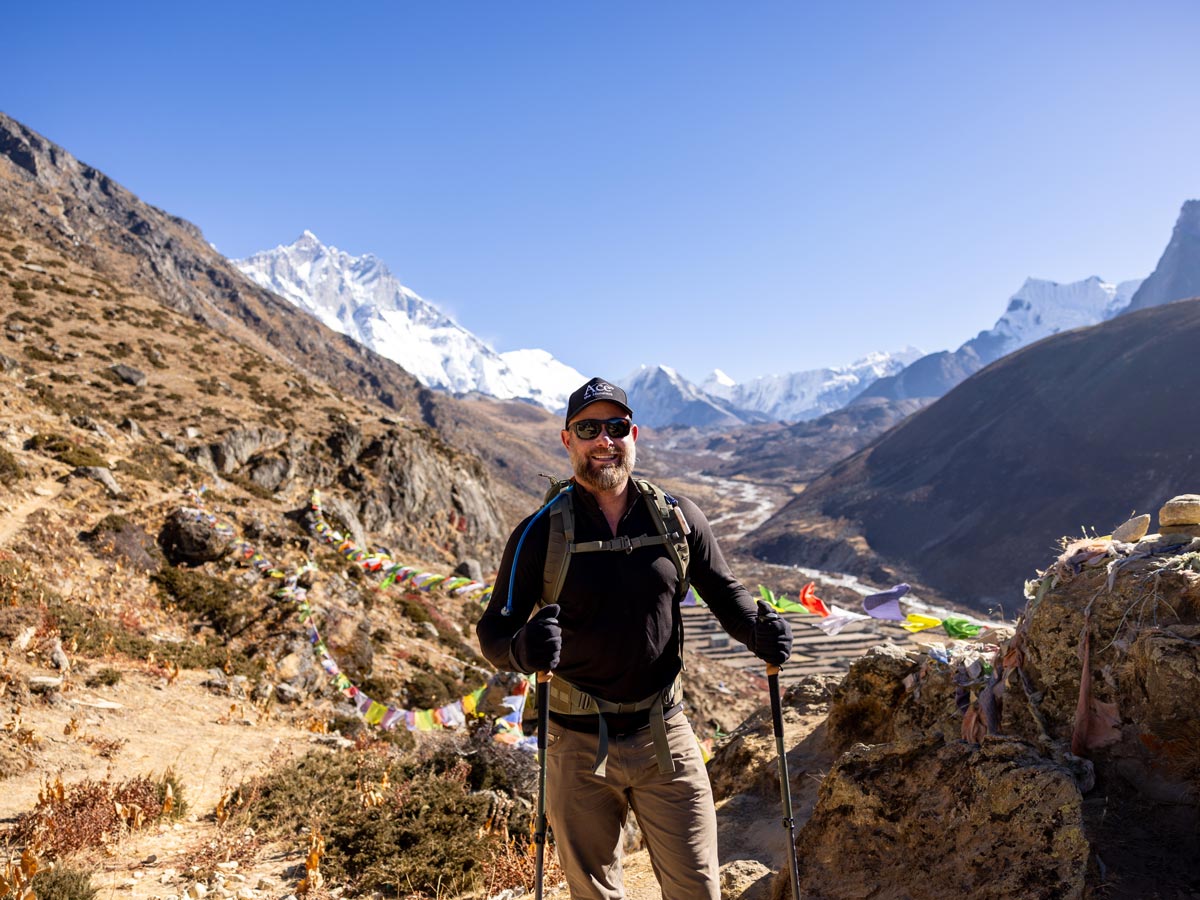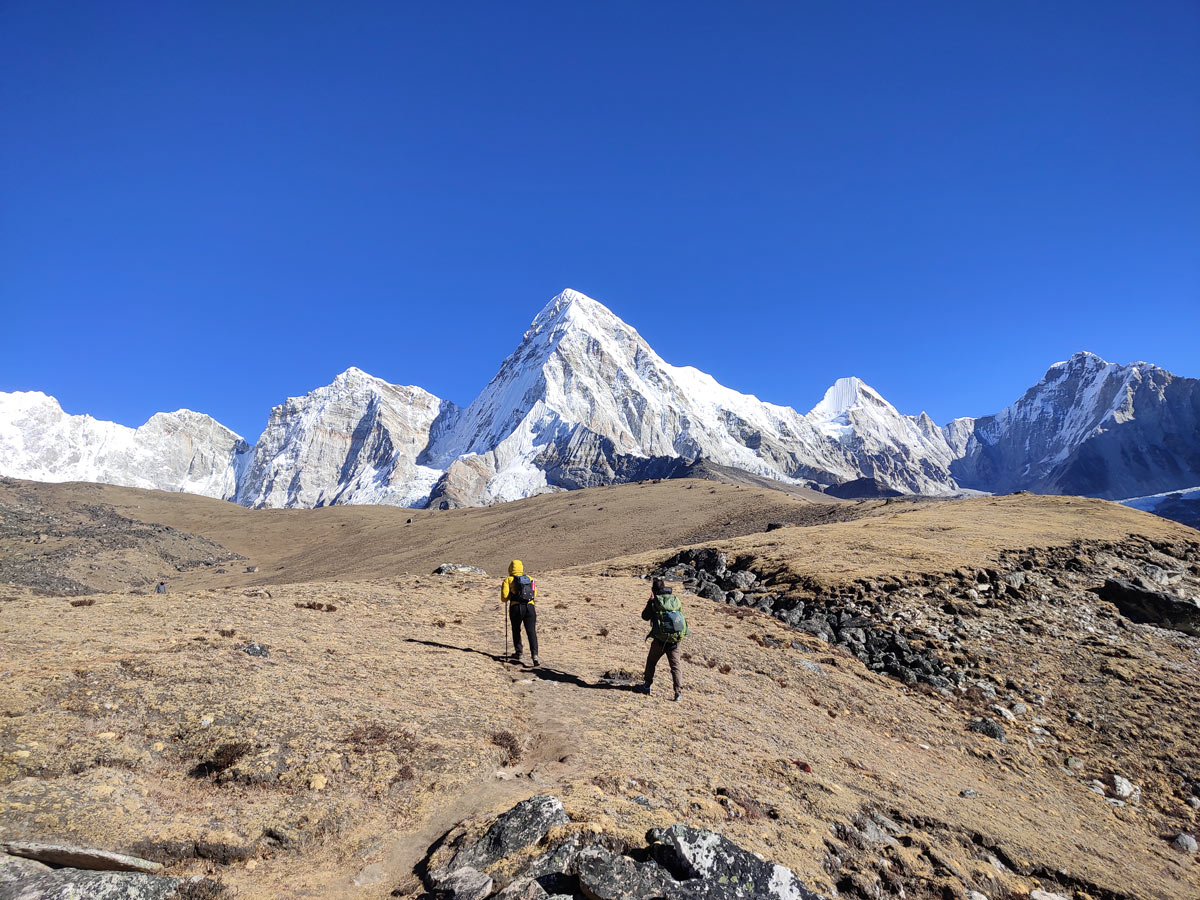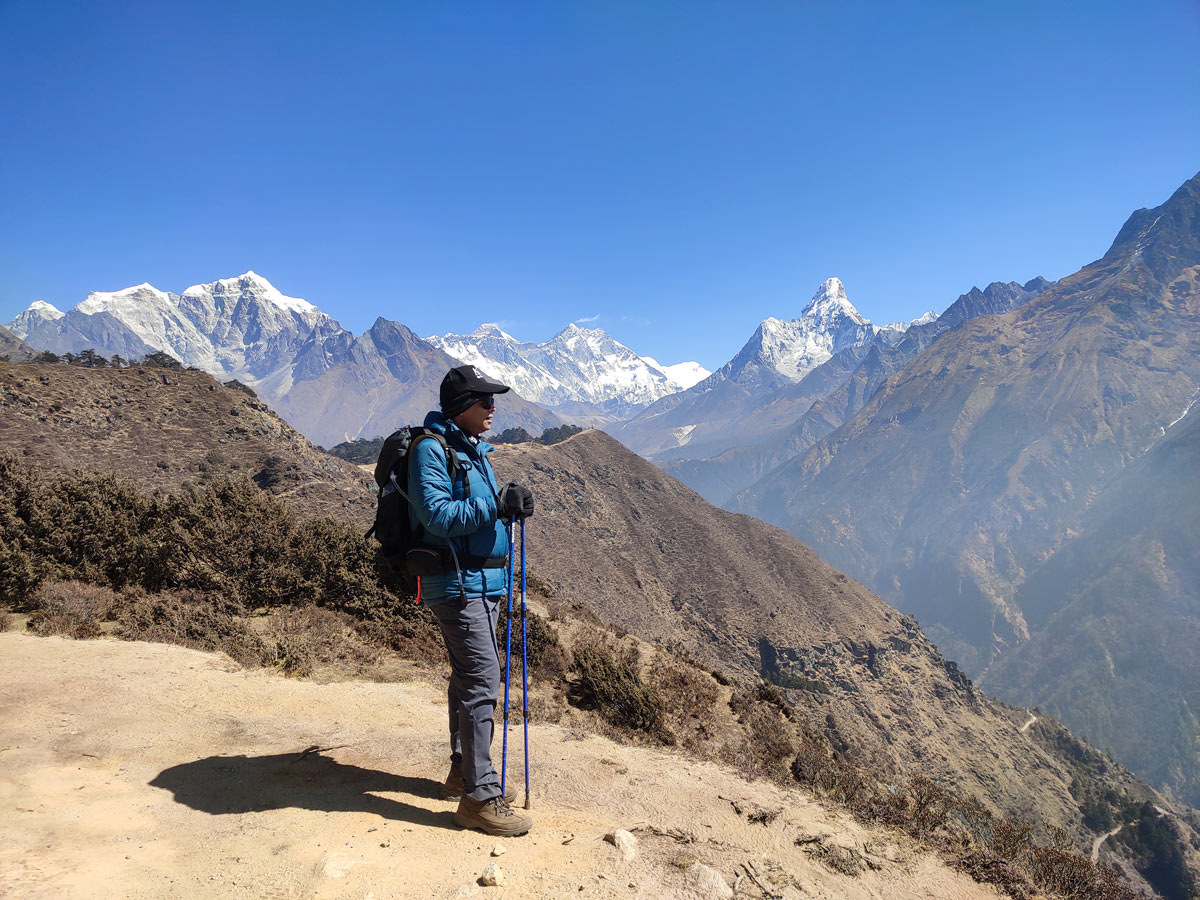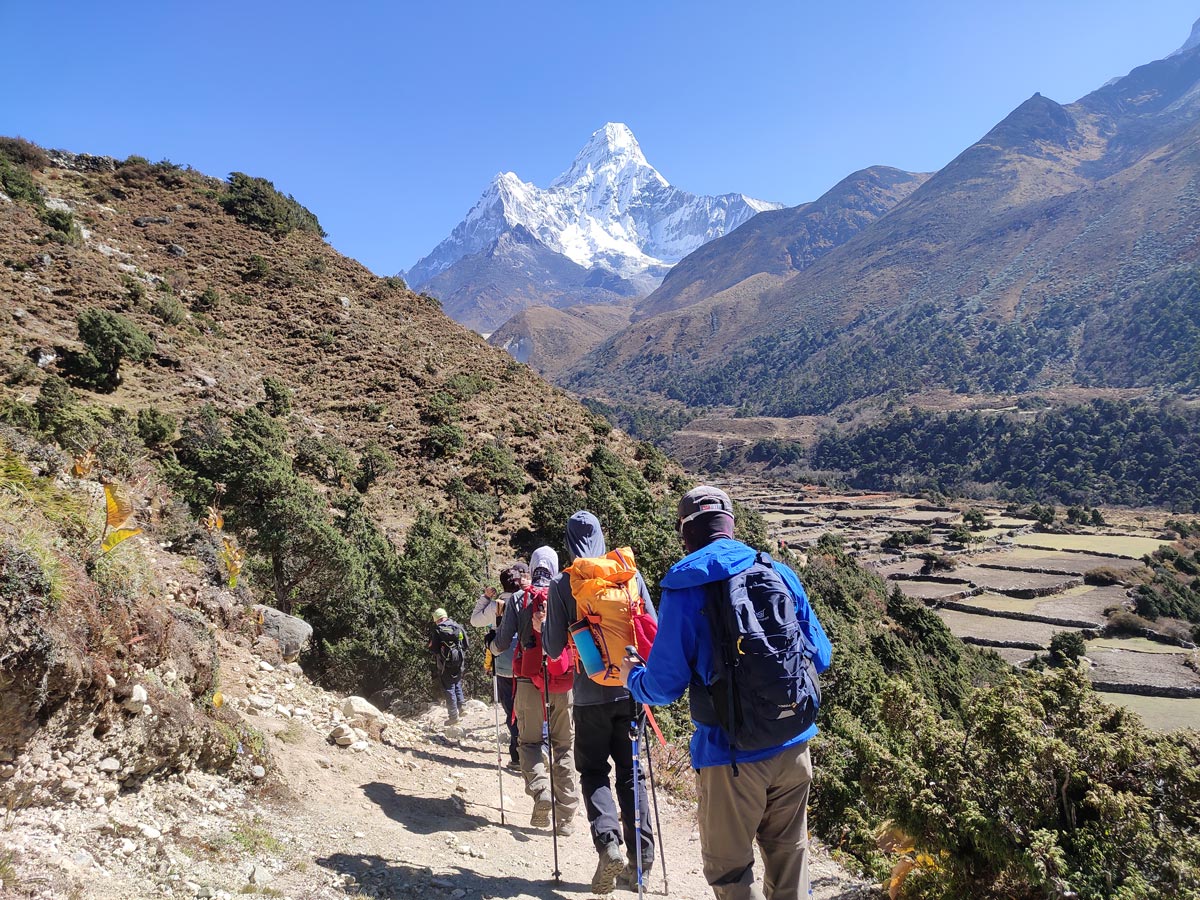In the realm of adventure seekers and avid trekkers, the debate rages on – is Annapurna Base Camp a more challenging adventure than the ultimate journey to Everest Base Camp?
The comparison between these two Himalayan journeys goes beyond mere altitude, delving into the nuances of terrain, trek duration, climatic conditions, and the unique challenges each trek presents.
In terms of the challenge posed to trekkers, Annapurna Base Camp trek demands more hiking experience and cardio fitness due to its demanding terrain, which includes steep uphill and downhill sections.
On the other hand, while Everest Base Camp trek has a less demanding walk in terms of terrain, its primary challenge lies in acclimatizing to higher altitudes.
As we embark on this exploration, let’s delve into the unique characteristics of the daunting beauty of Annapurna and the majestic allure of Everest.
We will carefully navigate through the individual traits that make each of these Himalayan giants a compelling and unique destination, unveiling the intricacies that set them apart on the canvas of natural wonders.
Altitude Ascendancy – The Great Elevation Showdown
As the thin mountain air envelopes both treks, the supremacy of Everest Base Camp becomes evident with its towering altitude of 5,364 meters, compared to the ‘lower’ altitude of Annapurna Base Camp at 4,130 meters.
The difference, however, is more than just numerical; it’s a test of the human spirit against the towering might of nature.
On the way to Everest Base Camp, trekkers face both a physical challenge and a need to get used to the higher altitude. Climbing to greater heights means dealing with less oxygen, turning each step into a test of human determination.
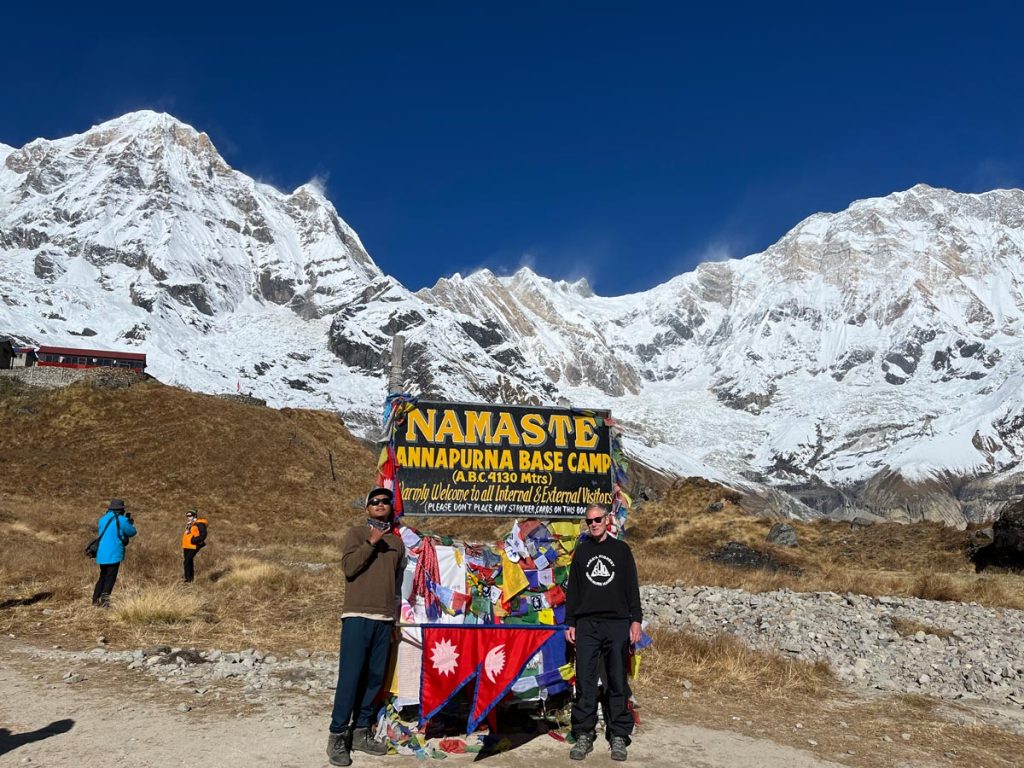
The higher you go, the more your body contends with the thinner air, making every successful step a strong victory against the tough forces of nature.
Contrastingly, Annapurna Base Camp, while situated at a lower altitude, unfurls a different gauntlet for trekkers. The lower elevation does not equate to an easier journey; rather, it introduces a more aggressive and taxing ascent.
Trekkers are thrust into a realm of steeper inclines and declines, where the heart-pounding challenge lies not in the thinness of the air but in the relentless demands placed on cardiovascular endurance.
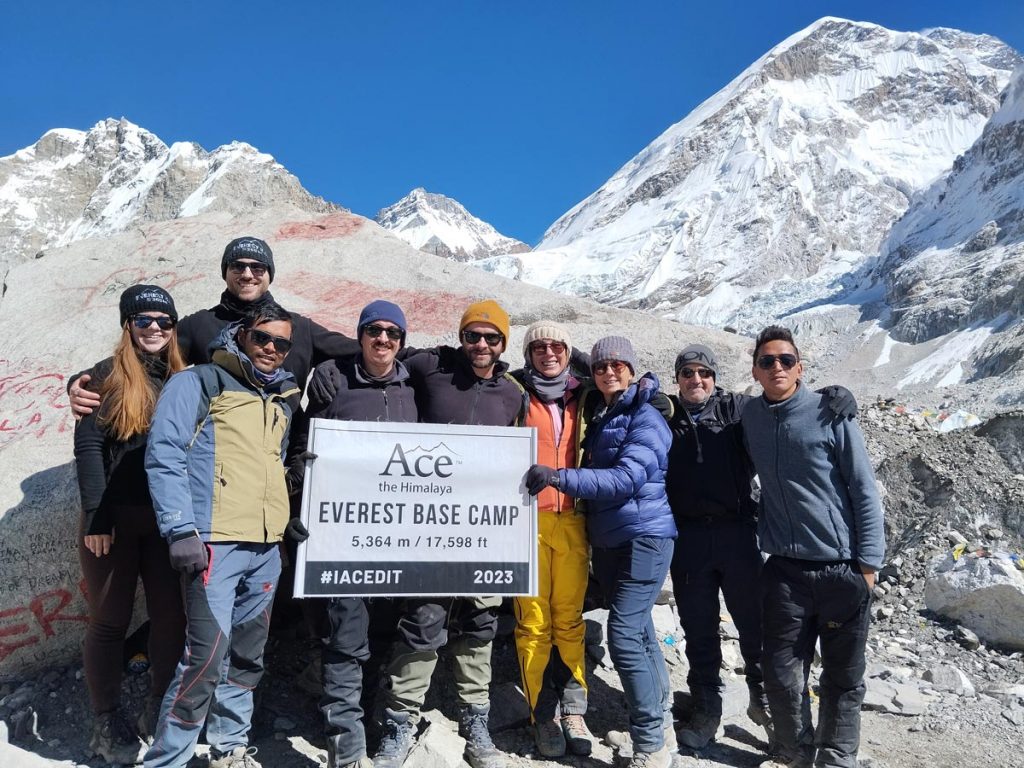
Each stride becomes a decisive negotiation with the undulating terrain, pushing the limits of physical resilience to the brink.
In this great elevation showdown of Everest Base Camp Trek vs Annapurna Base Camp Trek, trekkers find themselves at the intersection of altitude and adversity.
Everest Base Camp’s lofty perch challenges the very essence of physical endurance and acclimatization, while Annapurna Base Camp, though less lofty, commands a formidable terrain that demands unwavering stamina and resilience.
Trek Distance and Duration – The Marathon and the Sprint
In the quest for base camp glory, time becomes a pivotal factor. Everest Base Camp, nestled in the heart of Sagarmatha National Park, with its longer expedition spanning approximately 130 kilometers over 12-14 days, feels like a marathon, an endurance test where trekkers need to sustain their physical and mental prowess over an extended period.
The longer duration not only adds to the physical challenge but also tests the trekkers’ mental resilience.
On the flip side, Annapurna Base Camp, set amidst the captivating landscape of the Annapurna Conservation Area, is the sprinter’s challenge. A 10-12 day trek covering around 105 kilometers demands a different kind of stamina – a burst of energy and commitment. Trekkers must be prepared to face a condensed but intense journey, with each day presenting a new hurdle to cross.
The race against time in the lap of Annapurna’s glory is a test of agility and swift adaptability.
The Terrains – Annapurna’s Steep Symphony and Everest’s Altitude Ballet
To truly comprehend the diverging challenges of these treks, one must examine the intricacies of the terrains. Everest Base Camp, known for its ‘staircase to the sky,’ offers a relatively less demanding walk in terms of terrain.
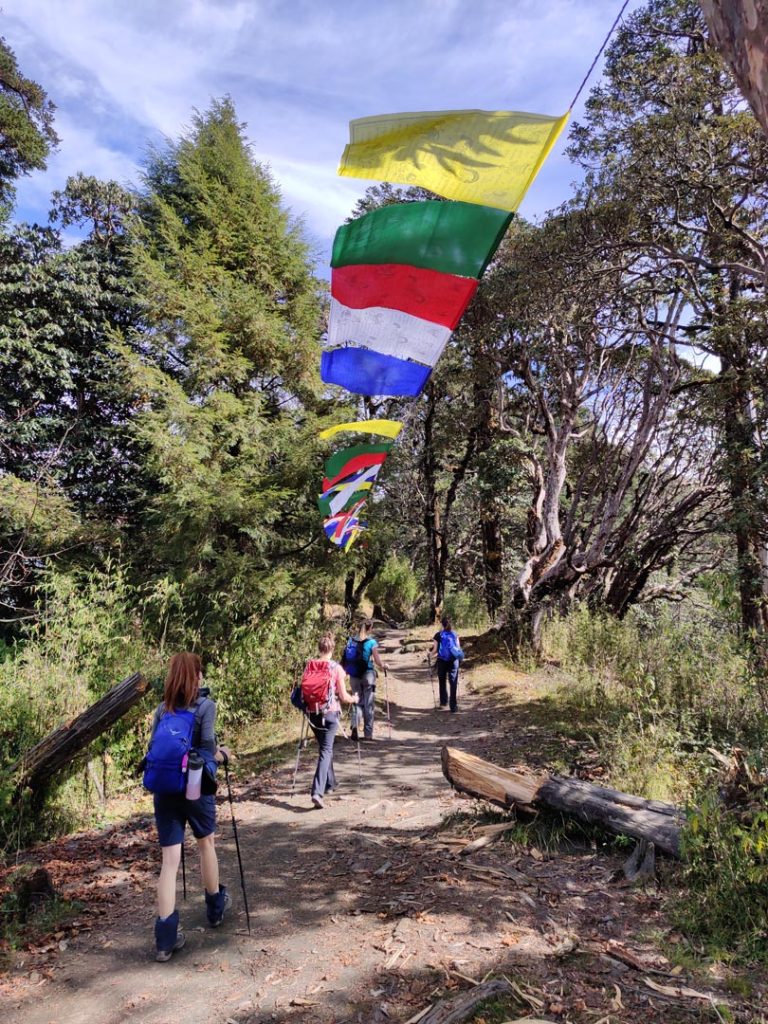
The well-trodden paths and smoother ascents are deceptive, hiding the primary challenge – acclimatizing to the higher altitudes. Trekkers must learn to waltz with the thinning air, a dance that requires grace and patience.
In stark contrast, Annapurna Base Camp unveils a steep symphony. The trek demands a more profound hiking experience and cardio fitness due to its challenging terrain.
Trekkers are thrust into a world of steep uphill battles and knee-jarring descents, pushing the boundaries of physical endurance. Each step is a testament to the resilience of the human body against the formidable force of nature.
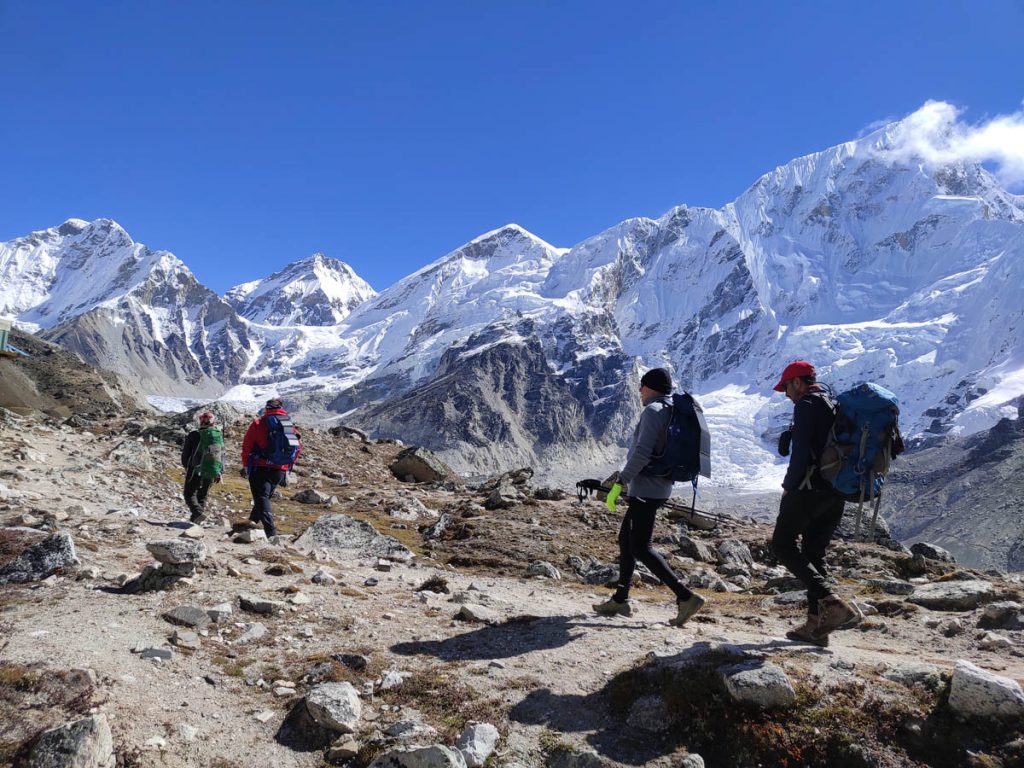
While the ascent to Everest Base Camp unfolds like a ballet at altitude, where trekkers gracefully adapt to the changing air pressure, the journey to Annapurna Base Camp transforms into a symphony of steep inclines and descents.
Each note in this musical tapestry echoes the challenges faced by those who bravely venture to conquer the lofty heights of Annapurna.
The Weather Elements – Annapurna’s Rain and Everest’s Cold
Both the Annapurna Base Camp and Everest Base Camp treks present distinct and persistent weather challenges throughout the year, contributing to the unique character of each journey.
As we delve into the climatic conditions, the treks reveal another layer of their distinct personalities. Annapurna Base Camp, nestled in the heart of the Himalayas, faces a consistent challenge with heavy rainfall, particularly during the monsoon season that transforms the trek into a slippery, muddy ballet.
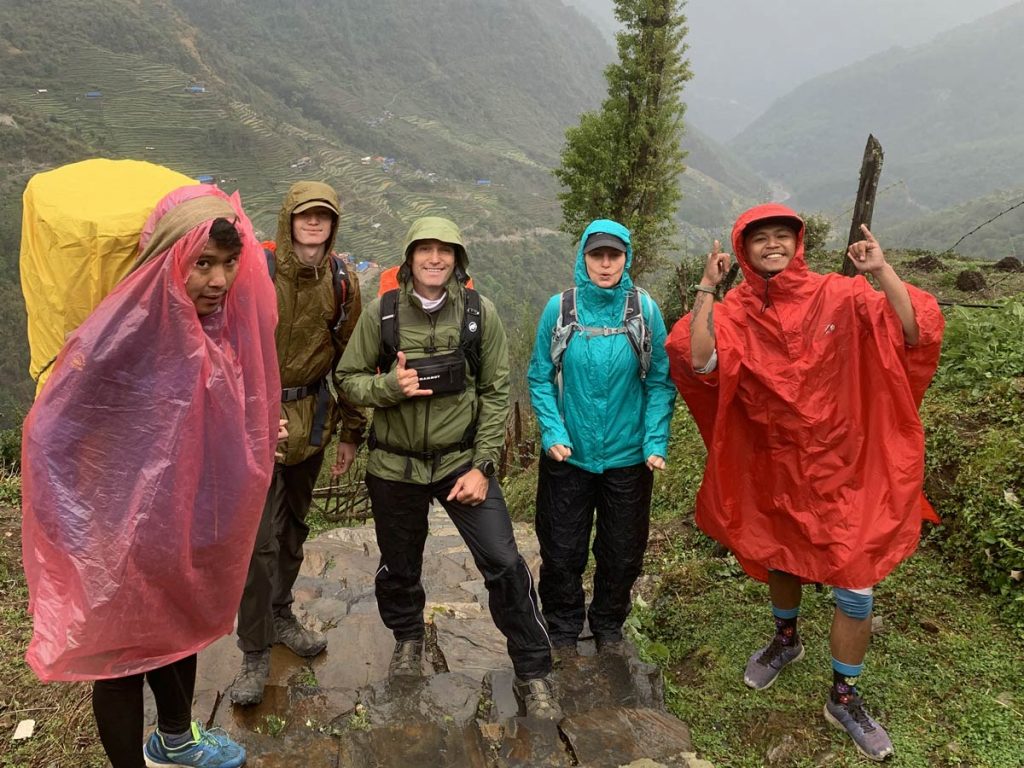
Trekkers must navigate not only the challenging terrain but also the unpredictable and relentless downpour, adding a wild, unpredictable element to the journey.
In contrast, Everest Base Camp introduces a frigid challenge marked by consistently cold temperatures and occasional harsh weather conditions at higher altitudes create an icy ballet, where trekkers must contend with freezing winds and numbing cold.
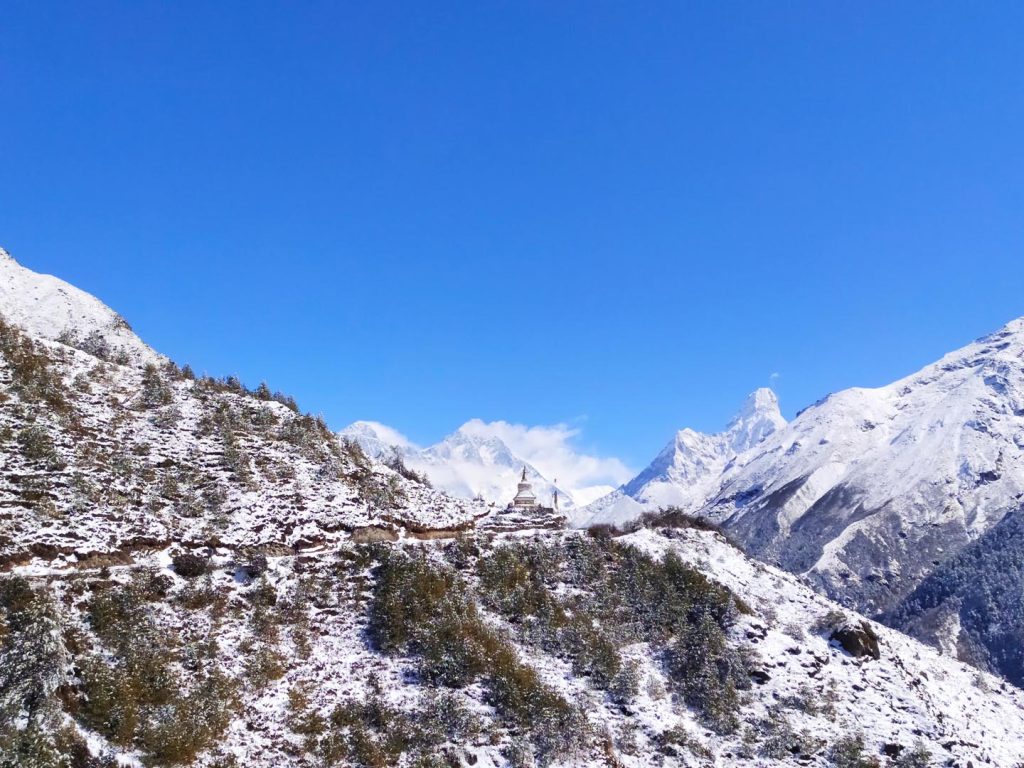
The battle against nature extends beyond the physical ascent, creating an ongoing test of resilience against the unforgiving elements.
Determining which trek is preferable depends on individual preferences and the type of experience one seeks. Annapurna Base Camp offers a dynamic dance with the rain, demanding agility and adaptability, while Everest Base Camp presents a constant icy performance that challenges endurance.
The Human Element – Personal Perceptions and Varied Experiences
In the big picture of these treks, no two threads are alike. Personal experiences and challenges become the unique brushstrokes that paint the canvas of each trekker’s journey.
While some may find the altitude of Everest more daunting, others might perceive Annapurna’s terrain and shorter duration as more challenging.
Interviews with seasoned trekkers and guides reveal the diverse perspectives that enrich the narrative. One trekker might recount the exhilarating struggle against Everest’s thin air, while another might share the tale of conquering Annapurna’s relentless inclines.
The human element transcends the objective metrics, turning the debate into a subjective, personal journey.
The Cultural Tapestry – Annapurna’s Villages and Everest’s Sherpa Legacy
Beyond the physical challenges, both treks offer a rich cultural experience, adding yet another layer to the comparison. Annapurna Base Camp introduces trekkers to charming local villages, each with its own unique customs and traditions.
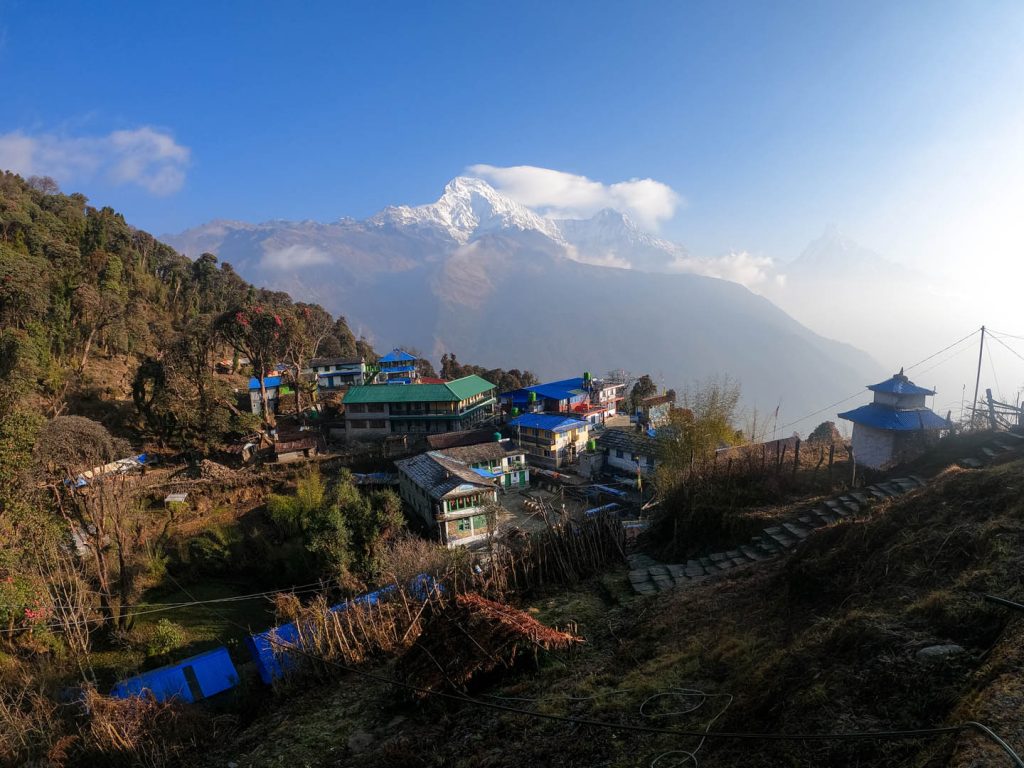
The diverse ethnic communities, including the rich Gurung and Magar cultures found mostly along the trail provide a glimpse into the cultural mosaic of the region. Interacting with the locals and immersing oneself in the vibrant tapestry of Annapurna’s villages becomes an integral part of the trek.
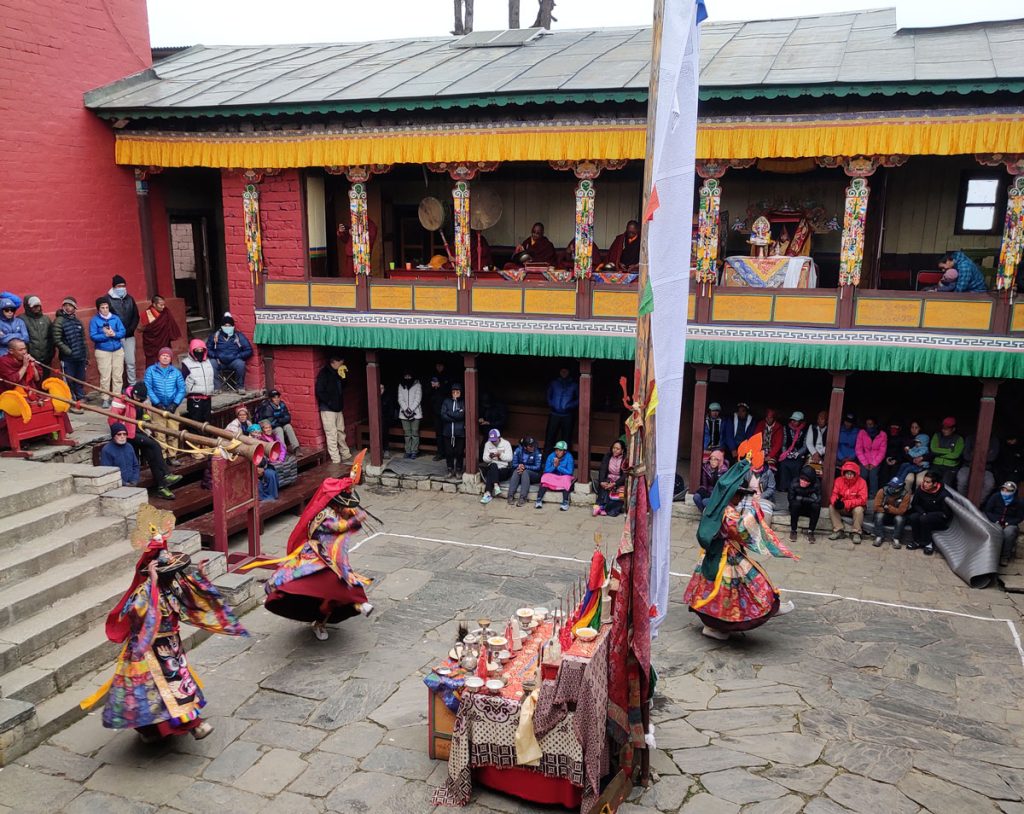
On the contrary, Everest Base Camp unveils the Sherpa legacy. The trail is adorned with monasteries, prayer flags, and the warm hospitality of the Sherpa people.
Trekkers have the opportunity to witness the unique blend of Tibetan Buddhism and local Sherpa customs. The cultural immersion at Everest goes beyond the physical journey, offering a profound connection with the spiritual and cultural heritage of the region.
The Wildlife Symphony – Annapurna’s Biodiversity and Everest’s Mountain Fauna
As we venture further into the comparison, the biodiversity of Annapurna Base Camp stands out. The lush forests along the trail are teeming with diverse flora and fauna.
Trekkers might encounter a variety of bird species, vibrant rhododendron blooms, and even the elusive snow leopard. The trek becomes a sensory experience, with the sounds of rustling leaves and bird calls accompanying the journey.
Contrastingly, Everest Base Camp offers a glimpse into the harsh yet captivating mountain fauna. The region is home to the elusive Himalayan Tahr, red pandas, and the majestic golden eagle.
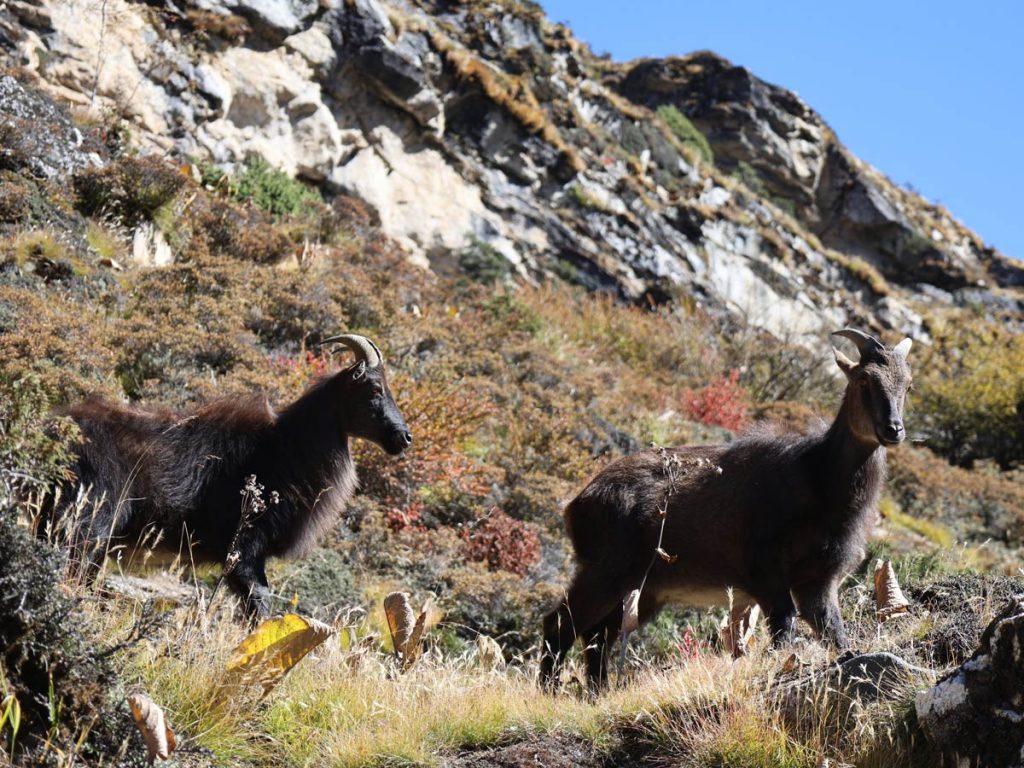
The stark beauty of the barren landscapes at higher altitudes creates a surreal backdrop for these rare encounters. Each step towards Everest is not just a climb in altitude but a journey through the unique biodiversity of the Himalayas.
Choosing Your Himalayan Odyssey
As we unravel the complexities of Annapurna and Everest Base Camp treks, the debate about which is more challenging becomes a symphony of choices.
Ultimately, the question of whether Annapurna Base Camp is harder than Everest Base Camp is as elusive as the Himalayan mist. The treks are not just physical challenges; they are soul-stirring odysseys that unravel the deepest layers of human resilience.
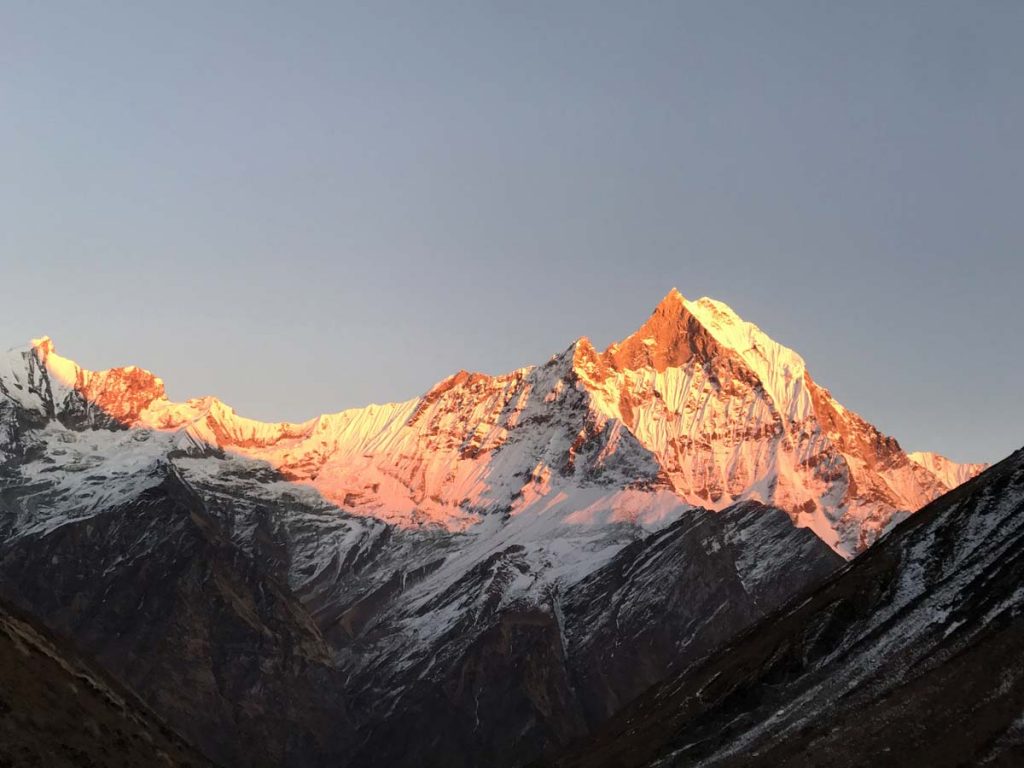
The choice between Annapurna and Everest is not a matter of one being superior to the other; it’s a reflection of individual aspirations, strengths, and the craving for adventure.
As you stand at the crossroads, contemplating your Himalayan adventure, remember that both Annapurna Base Camp and Everest Base Camps beckon with their unique allure.
The decision lies not in the comparison but in the understanding that each trek offers a transformative experience, carving indelible memories into the bedrock of your adventurous spirit.
Choose your path wisely, for the Himalayas await, to become a part of your mountain story.
